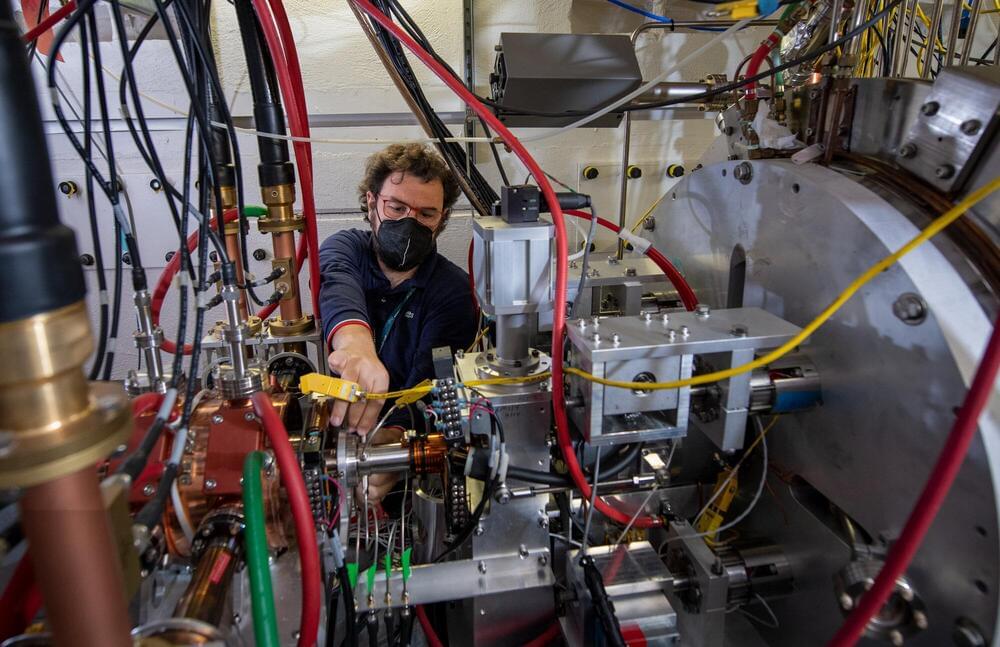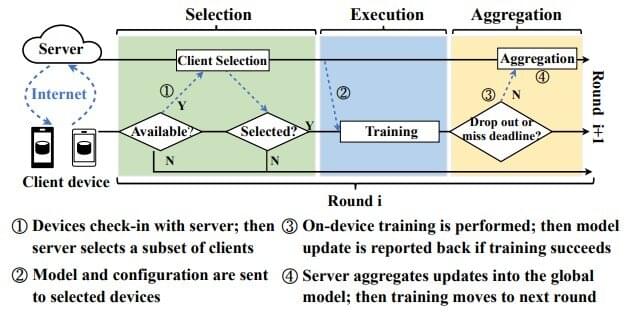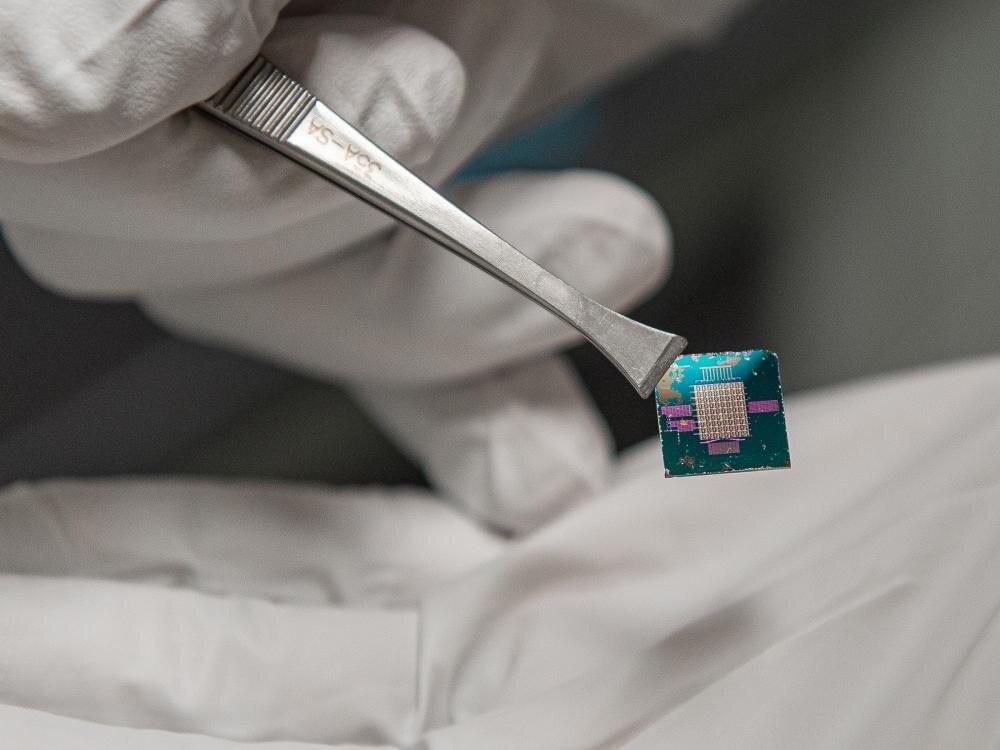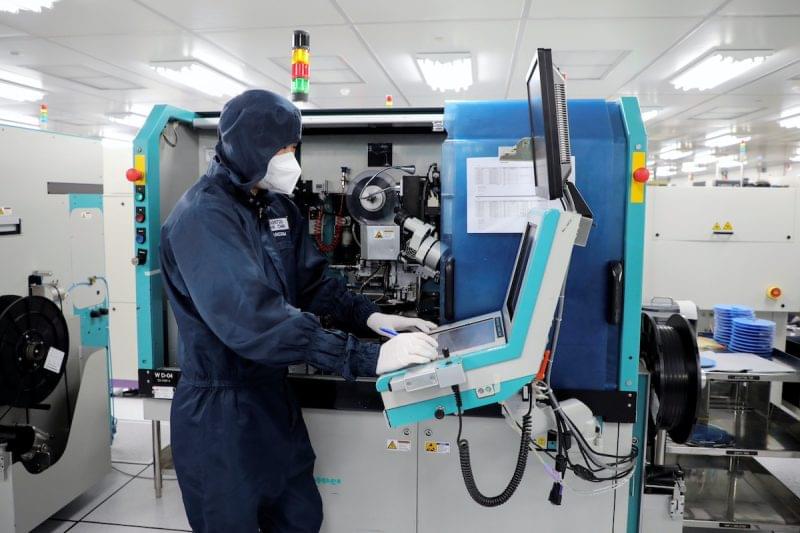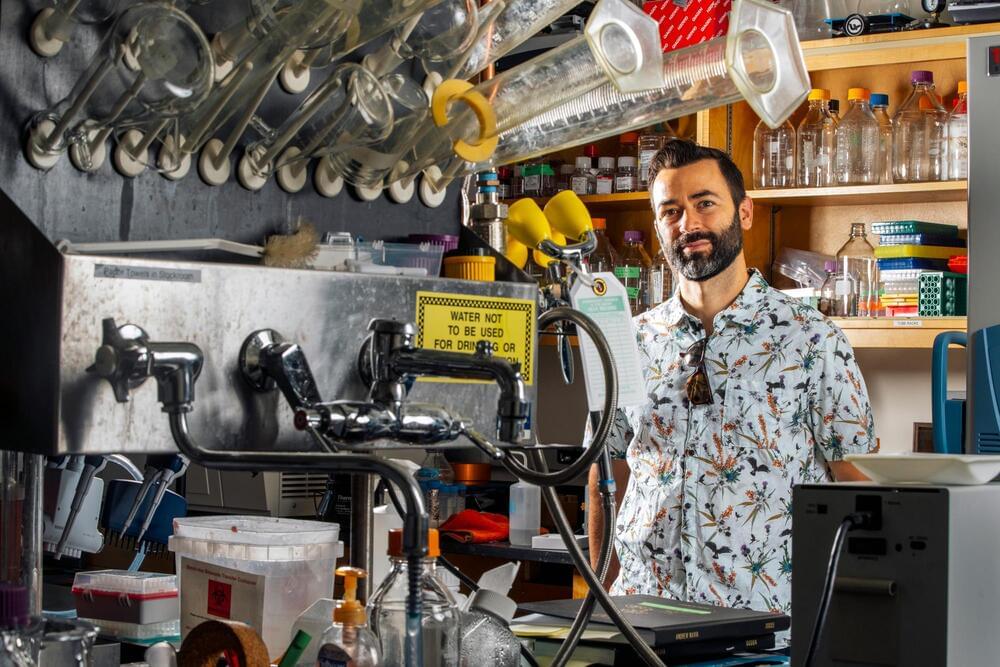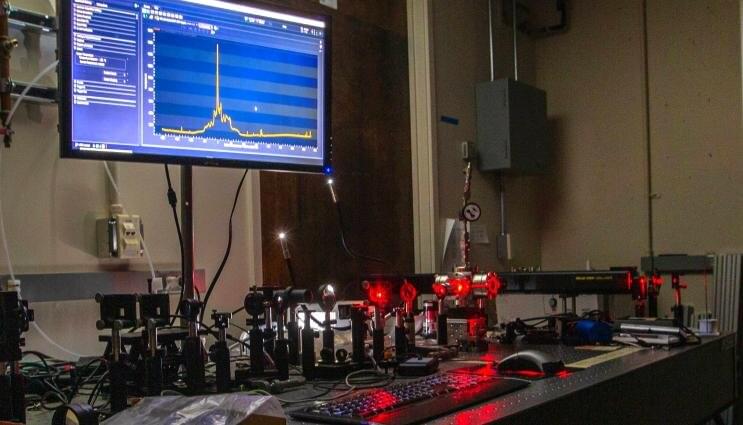A research partnership between Penn State and the Massachusetts Institute of Technology (MIT) could enable an improved method to make a new type of semiconductor that is a few atoms thin and interacts with light in an unusual way. This new semiconductor could lead to new computing and communications technologies that use lower amounts of energy than current electronics.
The new type of semiconductor, tin selenide (SnSe), would be useful for developing a new type of electronics known as “photonics” that use particles of light, or photons, to store, manipulate and transmit information. Traditional electronics use electrons to do this, while photonics use photons. Tin selenide is a binary compound consisting of tin and selenium in a 1:1 ratio.
The material has a peculiar interaction with light that gives it great potential for use in electronics.
